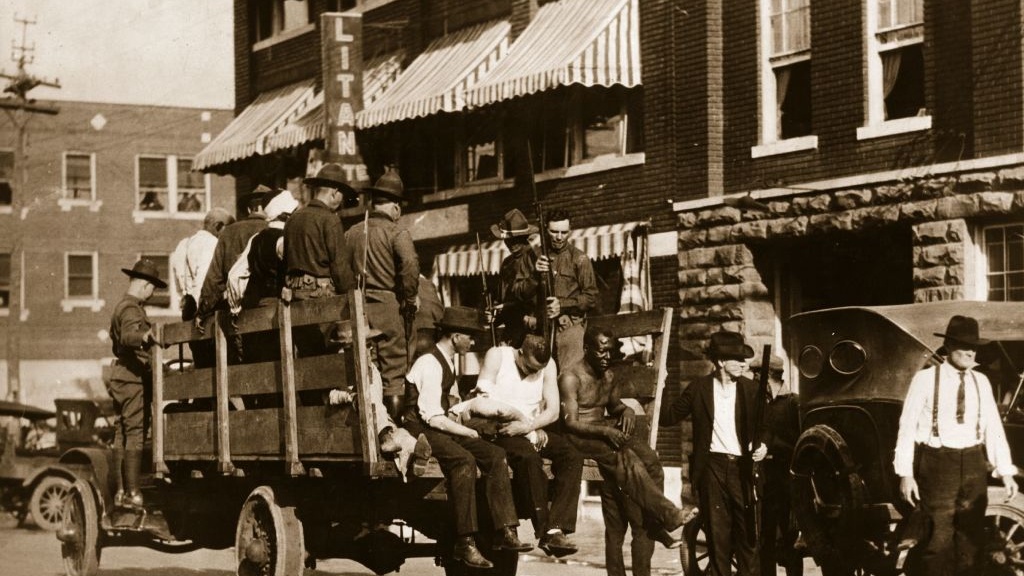Researchers from the University of Oklahoma have stumbled upon what they think might be an uncharted mass grave from the 1921 Tulsa Race Massacre, as reported by NBC News.
Also referred to as the Tulsa Race Riots, the oft-overlooked historical event began following false accusations of sexual assault by a white woman levied against Black teen Dick Rowland. His arrest sparked violent tensions between Blacks and whites in the community for a 24-hour period. The Greenwood neighborhood of Tulsa where Blacks escaped to for safety was pillaged by whites. Three hundred people are believed to have died as a result of the race riots.
The recent findings are from surveys of the land conducted in October.
Scott Hammerstedt, a senior researcher for the Oklahoma Archeological Survey, said at a public hearing in Tulsa on Monday that a scan was conducted at the Oaklawn Cemetery. The archeologists believe two areas may contain the bodies of those killed during the uproar although the total number of possible bodies has yet to be tallied.
The intrusive scan revealed that the plot was an underground pit roughly 30 by 25 feet.
Additional surveys are underway to start further excavations at three additional locations although more permits will need to be approved for more surveys and scans.
"I'm as confident as I can be in the results that this is a very big candidate with something associated with the massacre," Hammerstedt confirmed.
However, Phoebe Stubblefield, a forensic anthropologist at the University of Florida warns that the researching should be treaded with a degree of pessimism. The number of bodies found could vary from 10 to 100 or none at all.
Stubblefield elaborated, "We just don't know what level of preservation we'll get."
"That's very powerful," Tulsa Mayor G. T. Bynum stated to CBS News. "That's the first time that we've had anyone say that from a technical standpoint in an open forum, in a meeting like this or to us."
Members of the Black community in Tulsa have expressed their desire for the possible remains to be moved to the Vernon A.M.E. Church. The basement of the church is one of the few sites preserved from the uproar and will eventually be formed into a memorial.
The 1921 uproar is a catastrophic event that was brushed under the rug for many decades.
"For decades it was hush hush, even some of the survivors that I interviewed, they were quiet and telling me, 'Oh and the white people…' They were whispering in their own homes because they were brought up not talking about what happened," said photojournalist Kavin Ross.
Ross is personally affected by the events as his grandfather was forced to escape after his business was destroyed.
"You had explosions. You had people running for their lives. It was just hell on earth," Ross recounted.
The popular HBO show Watchmen delved into the details surrounding the riot by centering on the bustling community that thrived prior to the riot in its October pilot.
For many, it was the first they'd heard of the riots.

